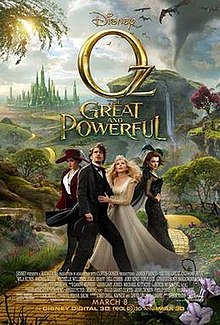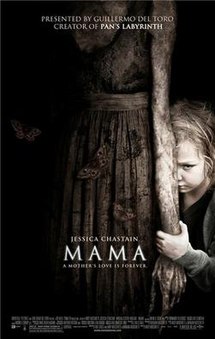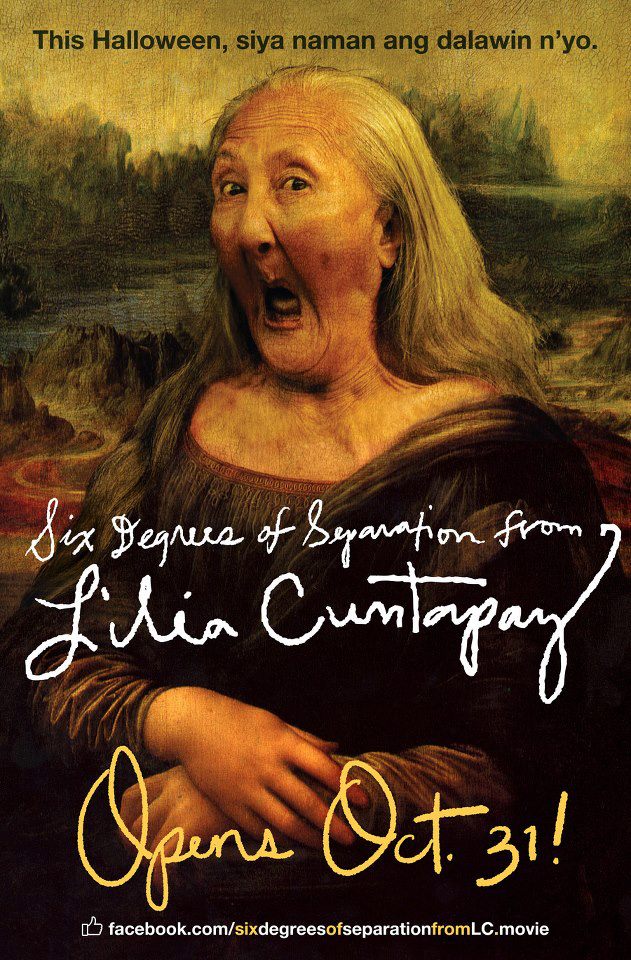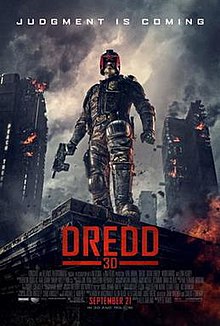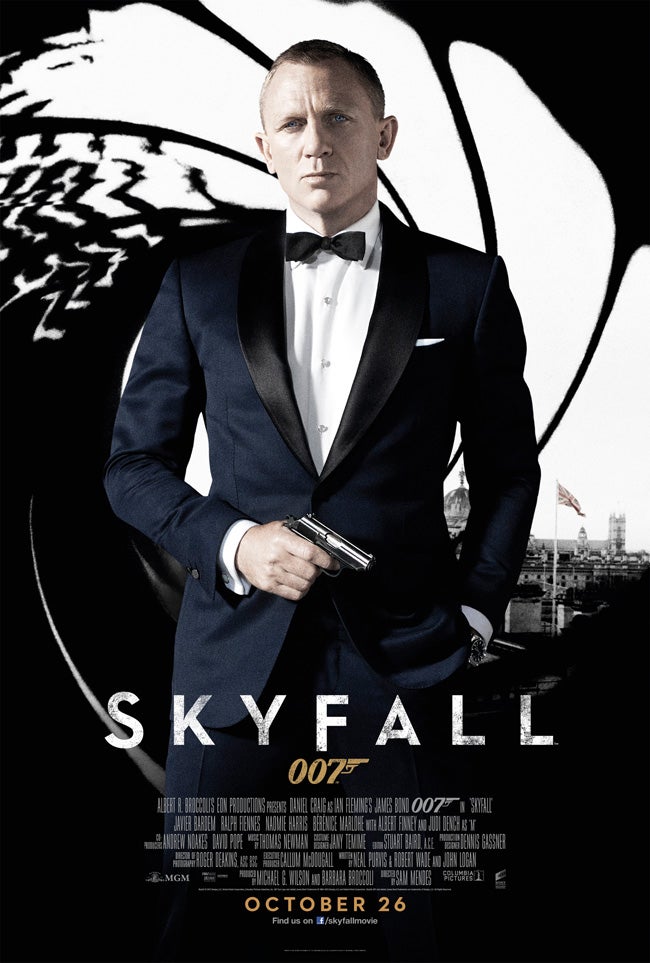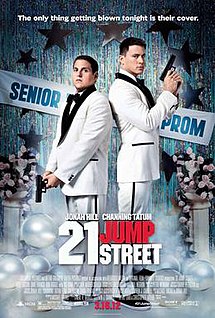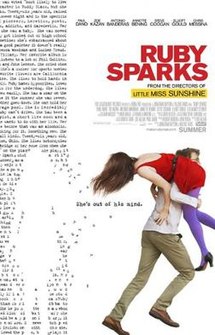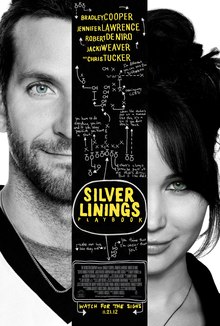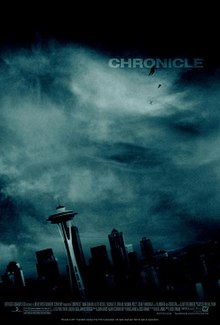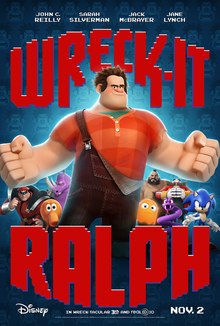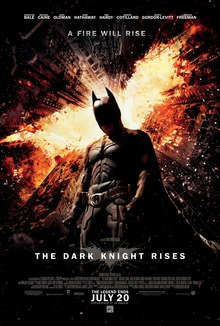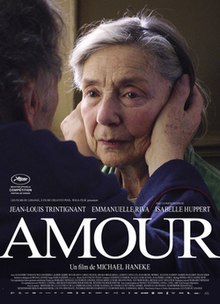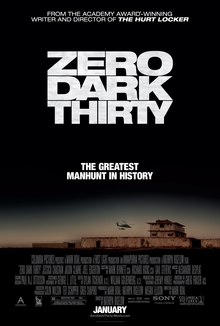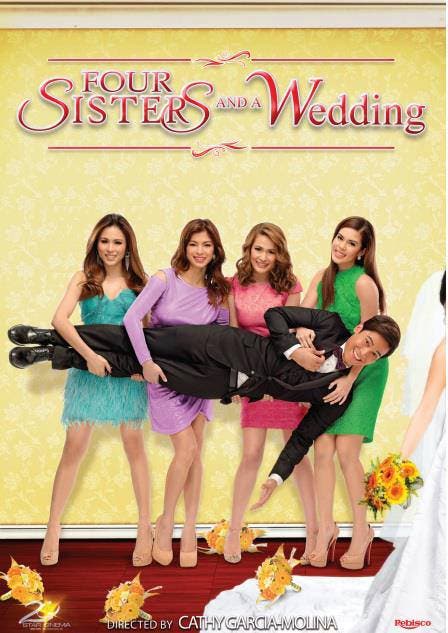
Directed by: Cathy Garcia-Molina
Stars: Toni Gonzaga, Bea Alonzo, Angel Locsin, Shaina Magdayao, Enchong Dee, Coney Reyes
There's a scene in Four Sisters and a Wedding that summarizes all Cathy Garcia-Molina movies. Alex, played by Angel Locsin sans all glamour, the supposed black sheep of the family who seems to have no plans in life, catches her boyfriend with a bimbo. She then drags the bimbo by the hair out into the streets with her sisters helping her--it was so fun. She was ready to deliver a very painful punch into the woman's face, but she holds and shouts "run," and the family cheers this victory and everyone is happy.
In essence, this is what Cathy Garcia-Molina has been doing all these years. She makes endearing characters. She gives them problems. She makes all these fun plots that make things seem irreparable, and when it's time for resolution, she hesitates. She does not want to hurt her audience. She doesn't do what she needs to do and ends her stories with a happy ever after even if there's a part 15 waiting in the pipeline.
This is what is so frustrating with Garcia-Molina's craft. She's so good at developing her characters and setting them up with plot devices that challenges them and shape them. Yet, she does not believe that her audience are mature enough to accept that some broken things cannot be fixed. In her world, everything can be fixed oh so easily if people just talk. But we all know that's not always true. People talk and still some wounds run too deep, the only way to survive them is to never open them up.
These wounds are very apparent in the way she has written this movie. Teddy, played by Gonzaga, is the clown. She belongs to Hufflepuff house, perhaps. She's a hardworker. She always has a smile on her face, but she can't help but feel every little bit insecure compared to her younger sisters who have been more successful and happier than her. Bobbie, played by Alonzo, is the level-headed career woman in New York who has a habit of rubbing her sisters the wrong way. Alex, played by Locsin, is tough and plan-less sister who lives in the present after snatching her sister Bobbie's boyfriend after the two broke up. And there's Gabbie, the old maid, who lives a plain life, taking care of her mom and her little brother.
When CJ, Enchong Dee, announced that he will get married to a girl he met on a cruise in a month's time, the sisters, who aren't really enchanted by this girl, Antoinette May, played by..., decided to report to home base and prevent this unholy union. But one plan gets foiled after the other and the sisters, who've been apart for a long time, have been unbridling one painful memory after another.
The length of the movie is entertaining and hilarious almost at every turn, and even when the sisters are busy throwing jibes at each other, the hilarity never ceases. Such is the case that when the movie's most emotional parts hit, you won't see it coming and you'd be among the many in the moviehouse that are in need of a handkerchief.
Those said, I can honestly recommend this movie. It's not a drag. It's fun. In fact, it's the most fun you'd have in a Filipino movie in a long time. But for those who want something less generic and more emotionally taxing, you best watch something else. This movie is for the family. It's light-hearted even at its heaviest parts. and maybe that's for the best. But, oh, the things it could've become otherwise if the wounds didn't heal as easy as Garcia-Molina wants. I am divided. I loved it, but I know I could've loved it more if it was a bit more realistic, a bit more gritty and less afraid to break hearts and tell people that some wounds never heal.
Score: 3.86 out of 5 for its good humor and light-hearted feel. Ducked points for its lack of conviction or ambition, but points earned for how fun it is.
I paid 210 pesos for this movie, but I got it free. But I'd say, 210 is too steep. Maybe 175 to 180 is enough. 190 if I am being generous.
And, oh, there's zero chemistry with the leading men and their ladies. Zero. Star Cinema could have done better.



